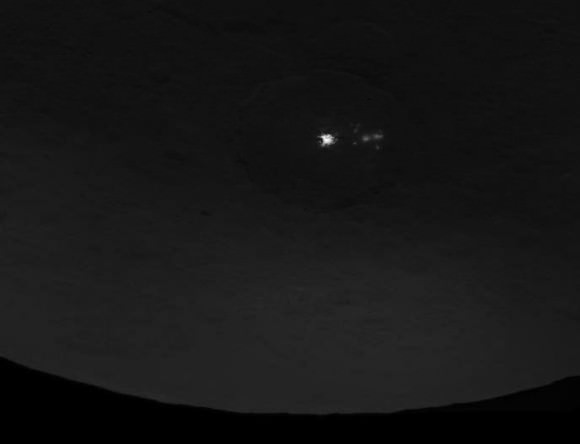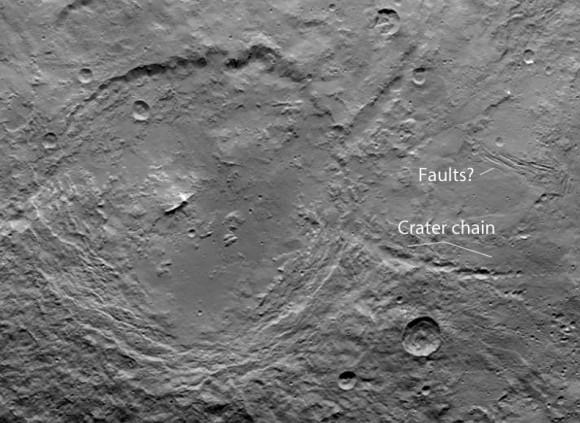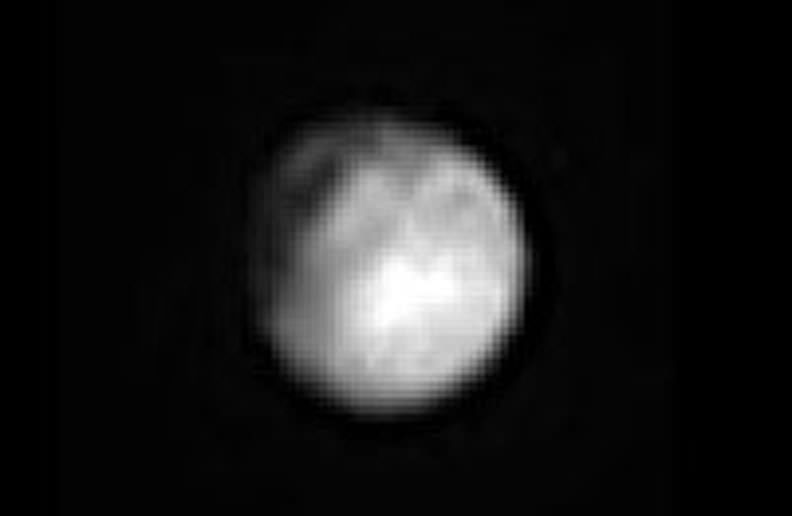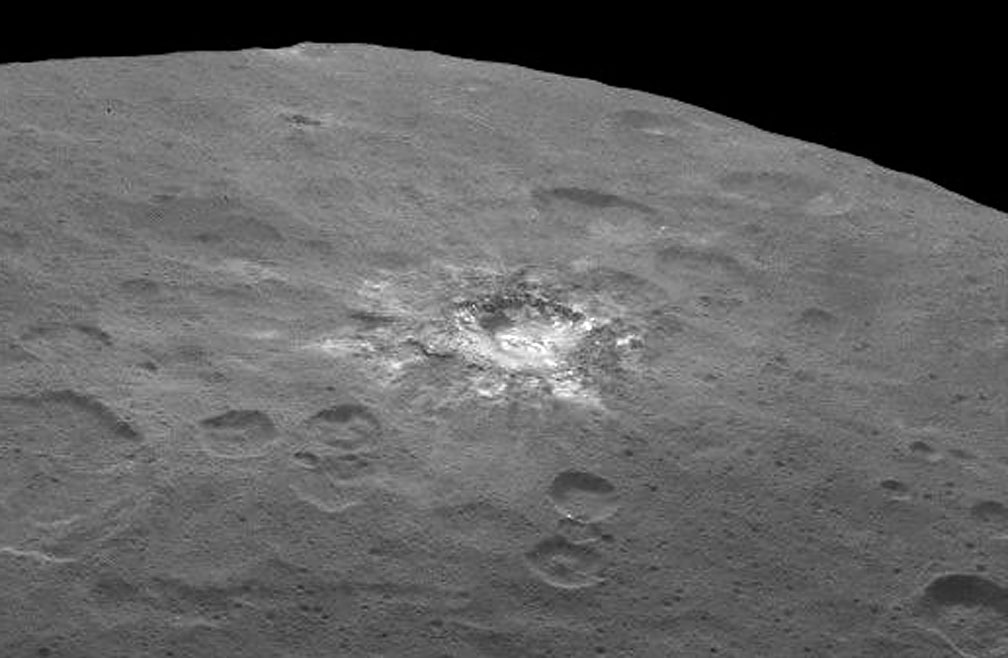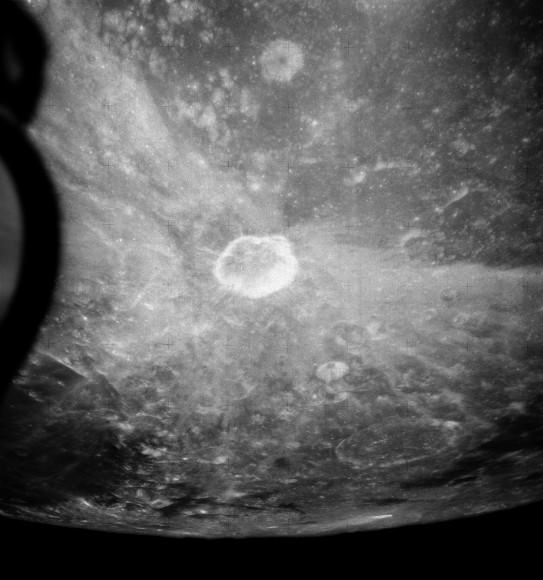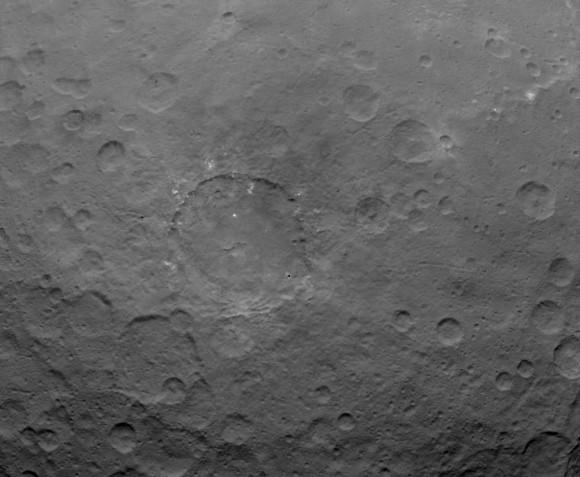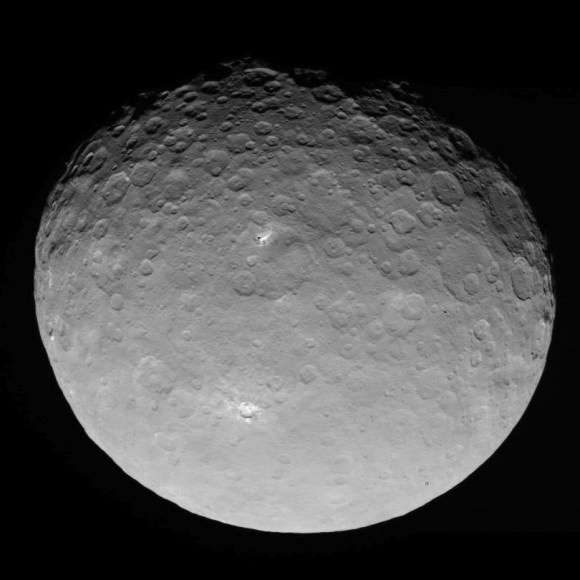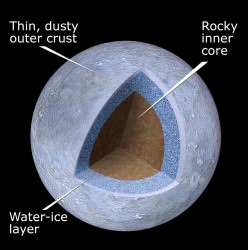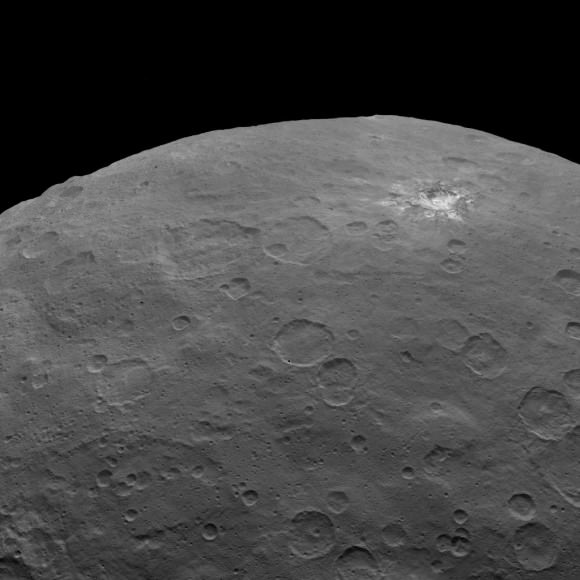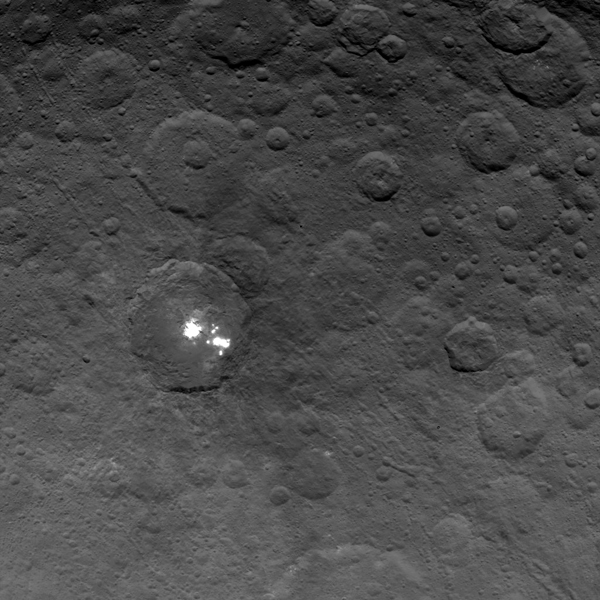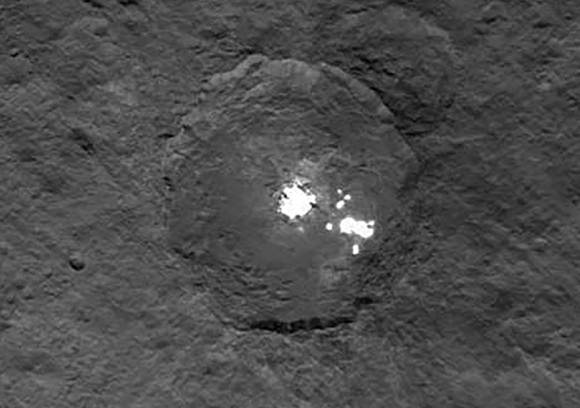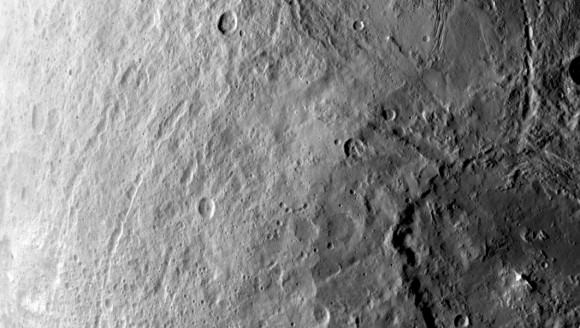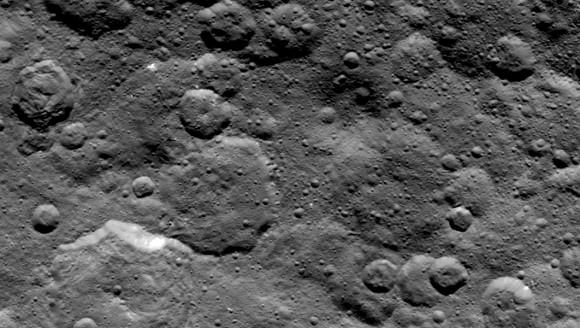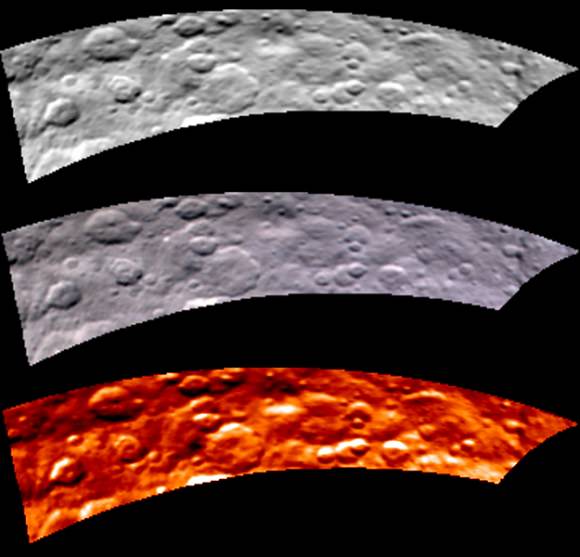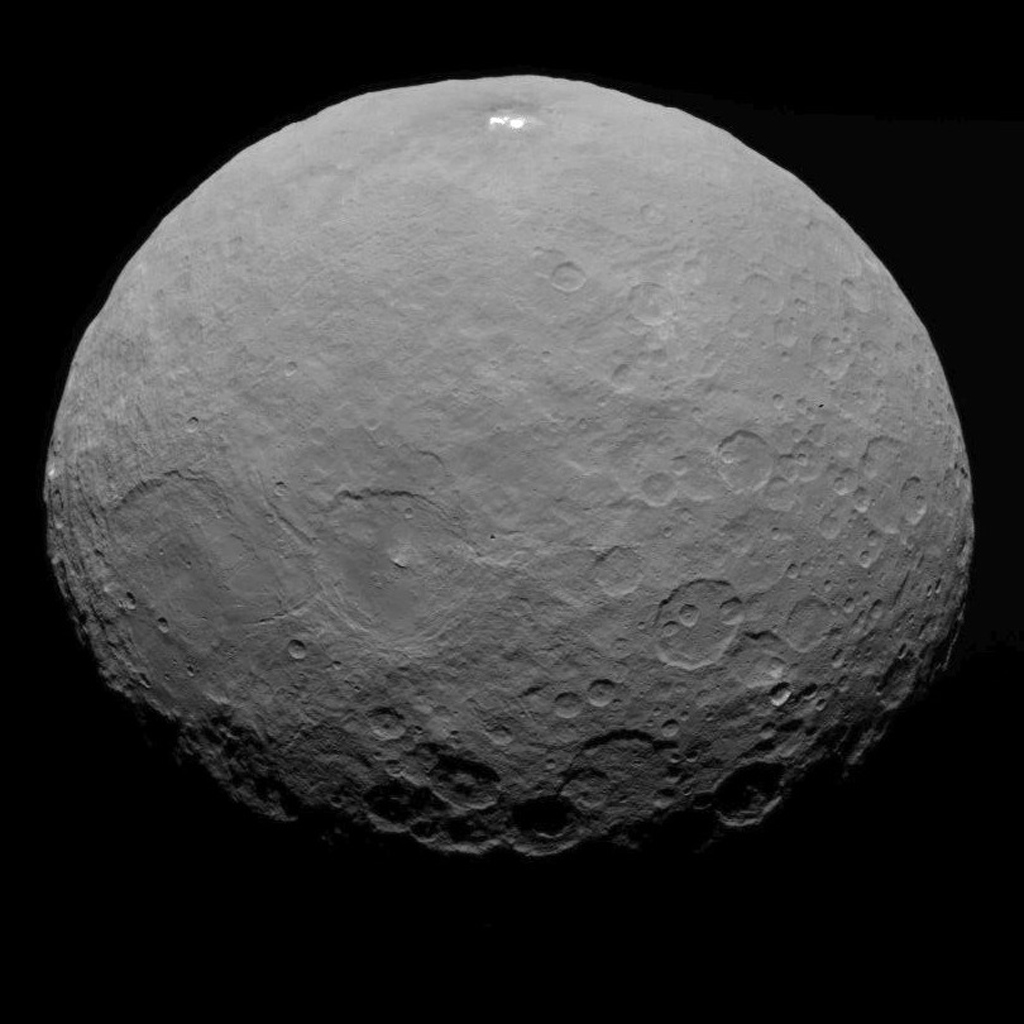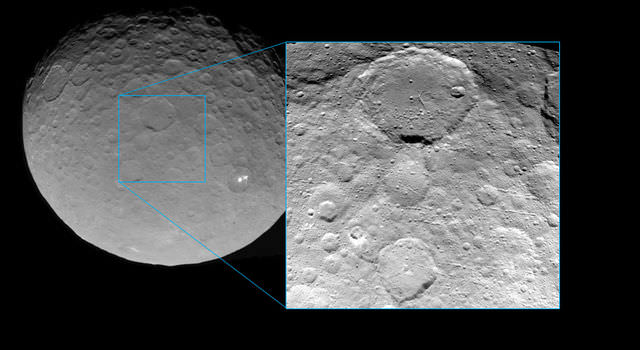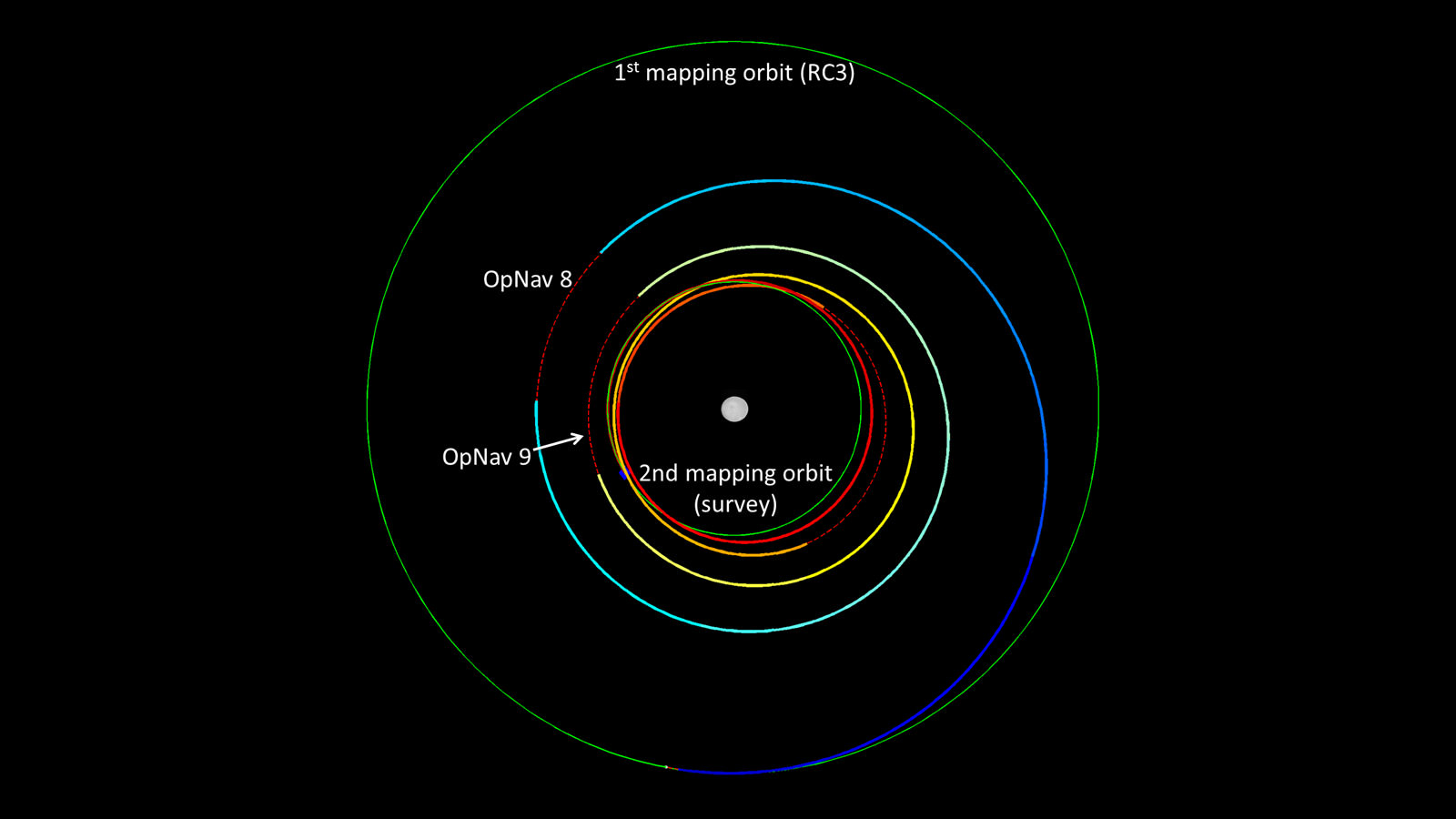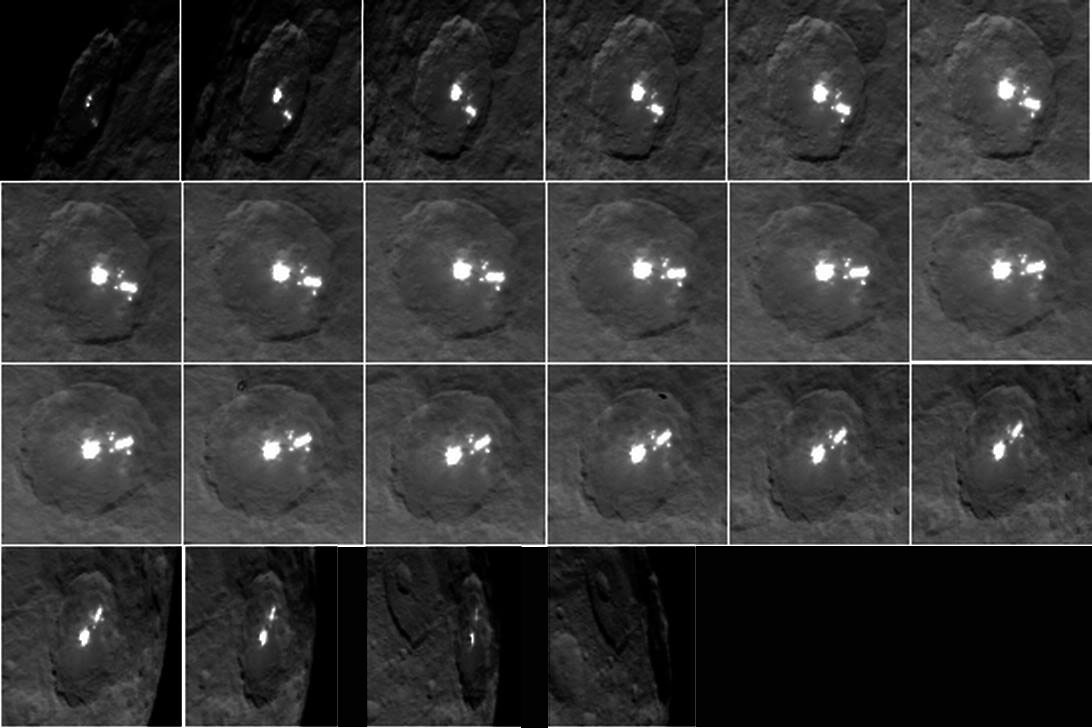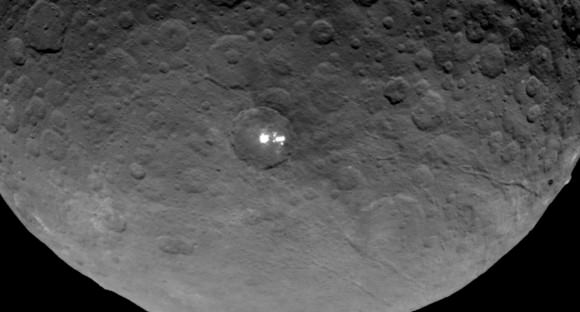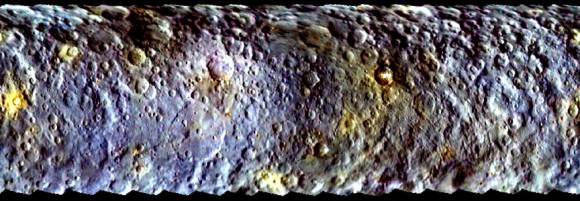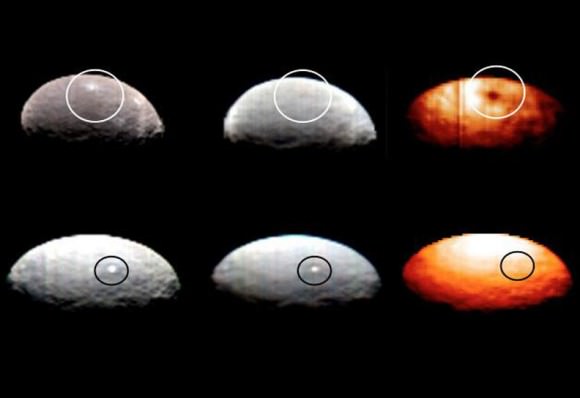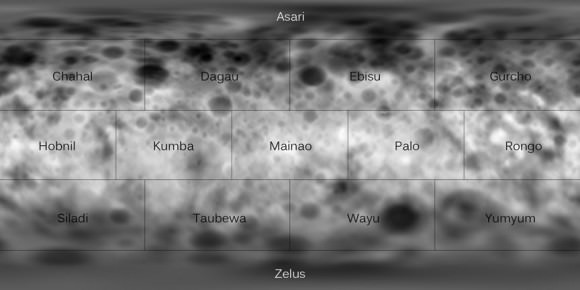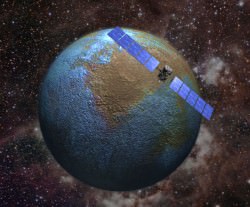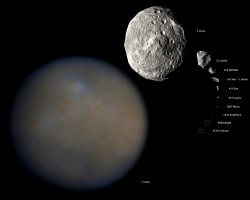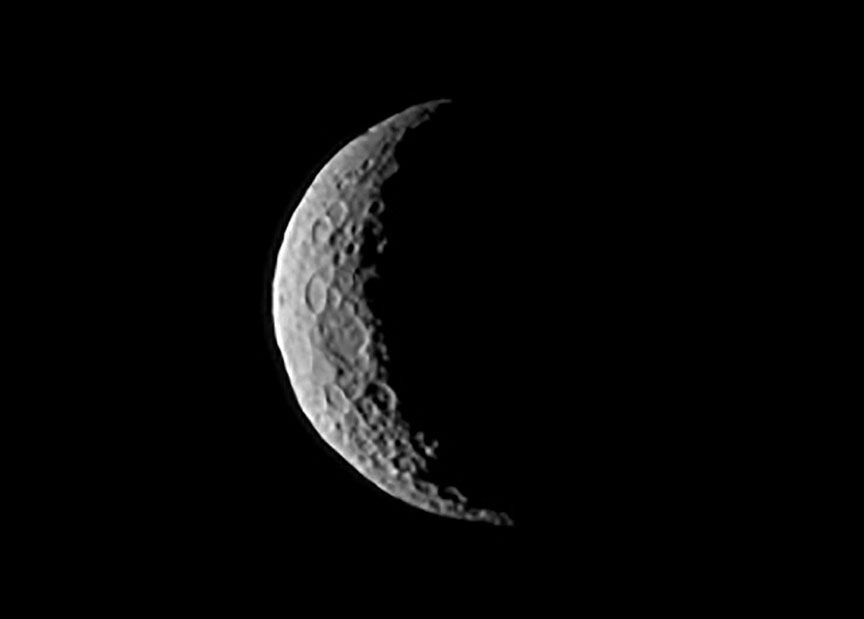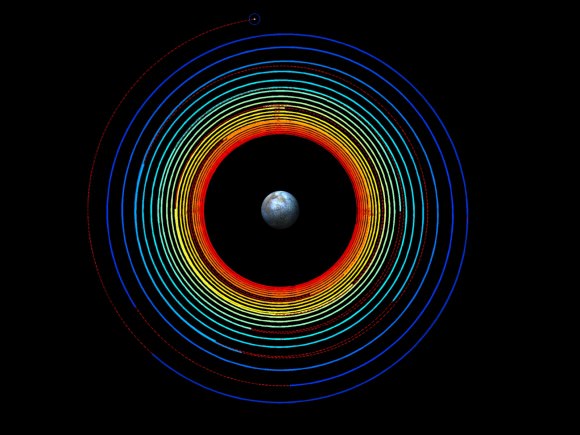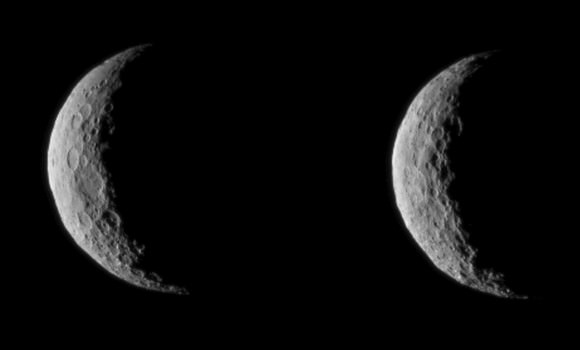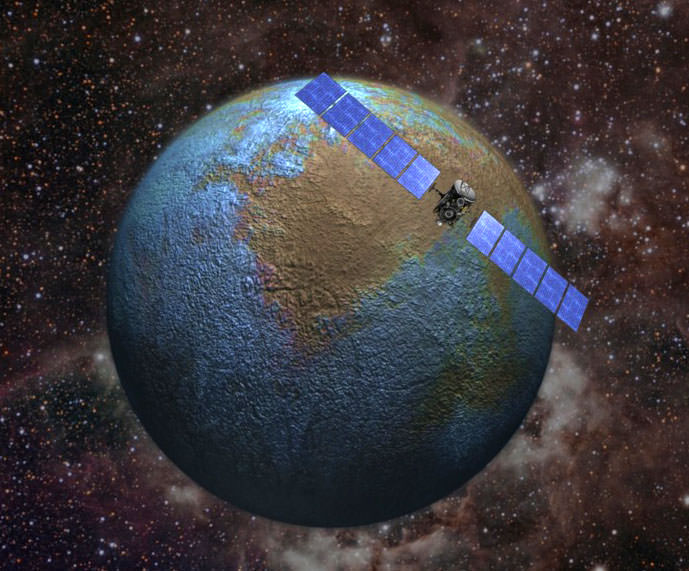You’re probably as eager as I am for new images of Pluto and Ceres as both New Horizons and Dawn push ever closer to their respective little worlds. Recent photos, of which there are only a few, reveal some wild new features including what appears to a large crater on Pluto.
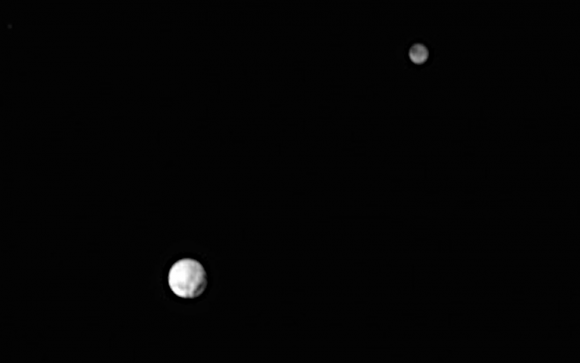
In the end, this apparent large impact might only be a contrast effect or worse, an artifact of over-processing, but there’s no denying its strong resemblance to foreshortened, shadow-filled craters seen on the Moon and other moons. It’s also encouraging that an earlier photo from June 27 shows the same feature. But the “crater” is just so … big! Its size seems disproportionate to the Pluto’s globe and recalls Saturn’s 246-mile-wide moon Mimas with its 81-mile-wide crater Herschel.
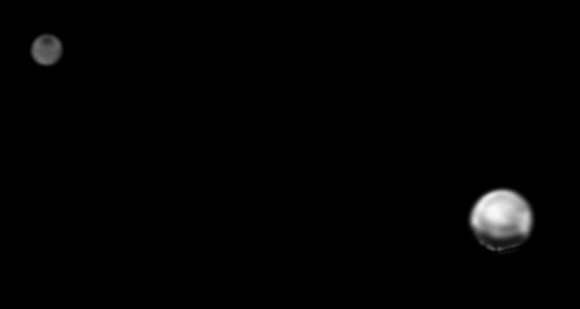
Astronomers speculate the impact that gouged out Herschel came perilously close to shattering the moon to pieces. If it does turn out to be an crater, Pluto’s surface opposite the impact will likely show many fractures. Not to be outdone, the dwarf planet’s largest moon, Charon, is starting to show a personality of its own with a prominent dark north polar cap.
Since polar caps are normally bright, icy features, some have referred to this one as an “anti-polar cap”. Speaking of ice, the bright rim around Pluto in the photo above may be nitrogen frost condensing out of Pluto’s scant atmosphere as it slowly recedes from the Sun. Think how cold it must have to get for nitrogen to freeze out. How about -346° F (-210° C)! For new images of the Pluto system, be sure to check the New Horizons LORRI gallery page.
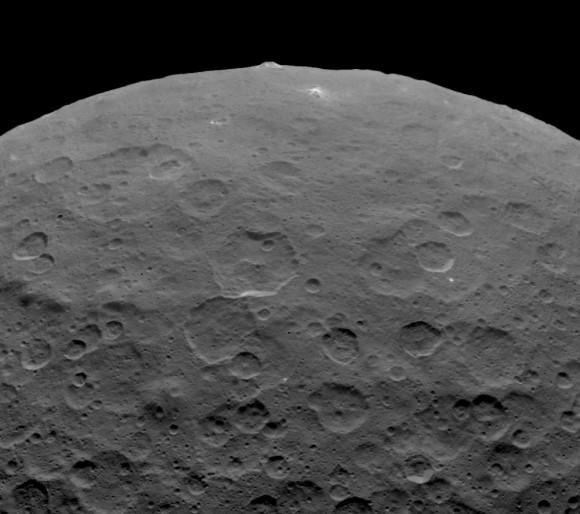
Closer to home, new photos of Ceres show a peculiar, pyramid-shaped mountain towering 3 miles (5 km) high from a relatively smooth region between two large craters. Mountains poking from crater floors aren’t unusual. They’re tossed up after the crust later rebounds after a large impact. What makes this one unusual is the lack of an associated crater. Moreover, the mountain’s pale hue could indicate it’s younger than the surrounding landscape. As far as we can tell, it’s the only tall mountain on the face of the dwarf planet.
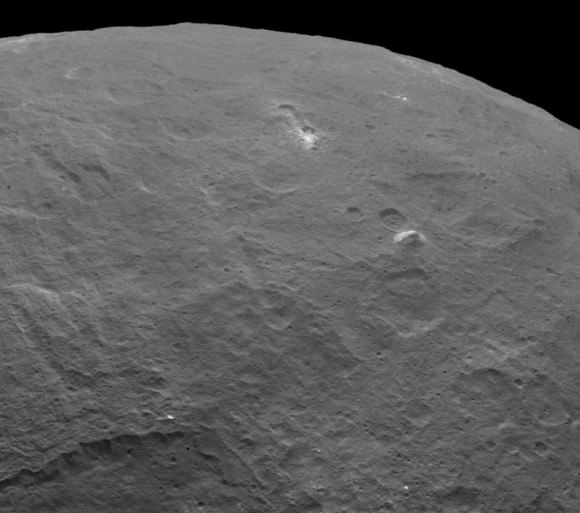
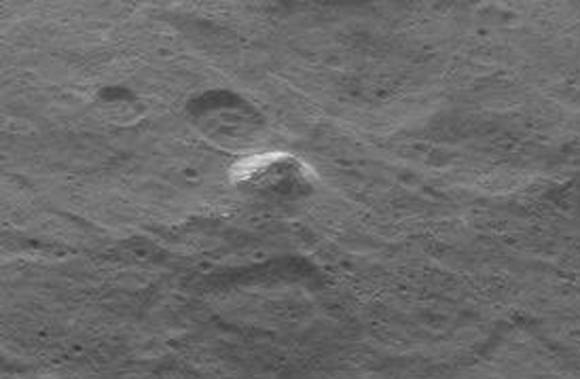
The Dawn team also photographed that cluster of white spots again, this time with a very shot exposure in to eke out more details. What do you think? If you’re as interested in asteroids as I am, Italian astrophysicist Gianluca Masi, a frequent photo contributor to Universe Today, will host a special live Asteroid Day event today starting at 6 p.m. CDT (23:00 UT). Masi will review near-Earth asteroids, explain discovery techniques and observe several in real time.
